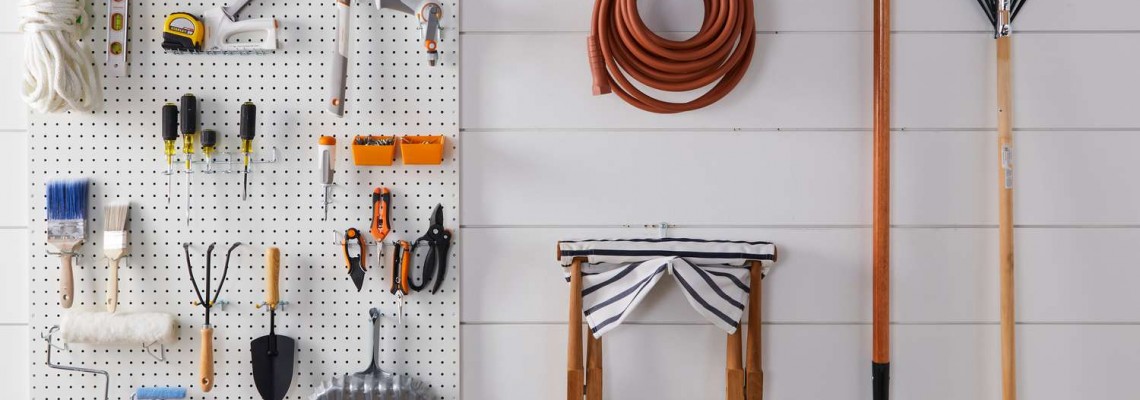
By following these tips, you can ensure your gardening tools are properly stored, well-maintained, and ready for use when needed.
1. Hang or Store Vertically in your storage shed
To optimize your tool storage, you may store them in an upright or vertical position in your garden shed or garage. This approach not only saves valuable space but also minimizes the risk of tools becoming entangled or damaged. By implementing appropriate storage methods, you can ensure that your long-handled tools, such as rakes, hoes, or brooms, are hung on hooks or racks, while smaller hand tools find their place in containers or toolboxes.
Long-handled tools, which often occupy substantial space, can be effectively organized by utilizing hooks or racks. Mounting hooks on a wall or a dedicated tool board allows you to hang these tools vertically, keeping them easily accessible and preventing them from cluttering valuable garden shed space. Arrange the tools in a manner that allows for efficient retrieval, ensuring that the weight distribution is balanced and that each tool has its designated spot. This approach not only enhances convenience but also minimizes the chances of accidental damage caused by tools leaning against one another or falling over.
Smaller hand tools can be stored in containers or toolboxes specifically designed for efficient organization. Select containers or toolboxes with compartments or dividers, providing individual spaces for each tool.
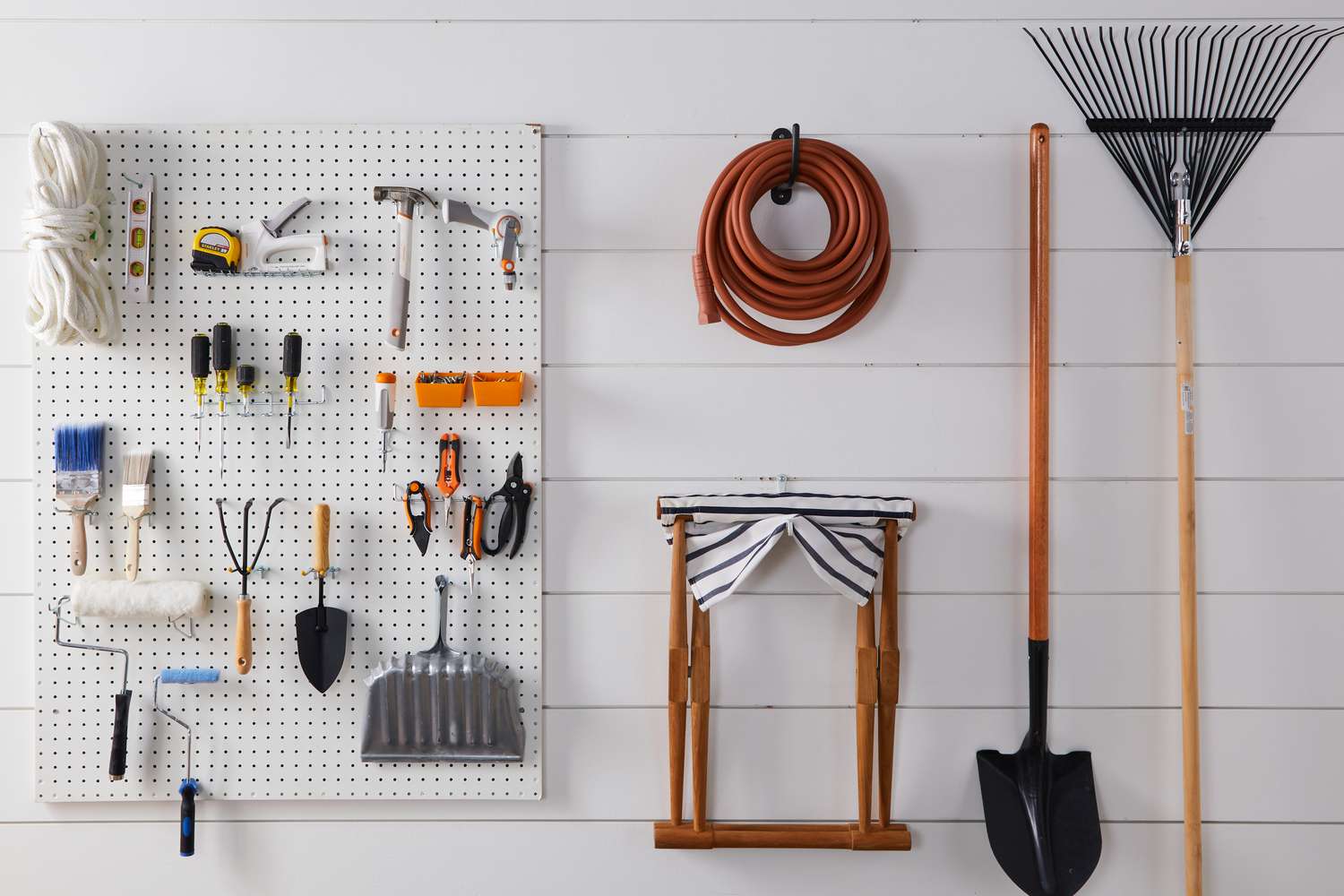
2. Sharpen and Oil Blades
When it comes to tools equipped with blades such as pruners or shears, it's worth taking the time to sharpen them before stowing them away. By sharpening the blades, you will ensure their optimal performance and efficiency when you use these tools in the future. A sharp blade cuts through materials with ease, reducing effort and yielding cleaner results.
Furthermore, it's essential to provide proper care for the blades to prevent rusting during storage. One effective measure is to apply a thin layer of oil to the blades. This protective coating acts as a barrier against moisture and atmospheric elements that could lead to corrosion and the formation of rust. Not only does this extend the lifespan of your tools, but it also saves you from the hassle of dealing with damaged or compromised blades.
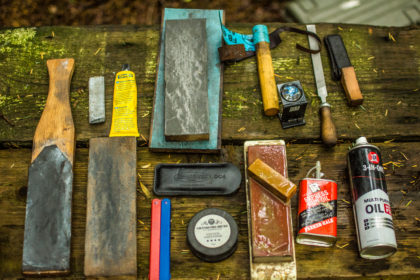
3. Remove Excess Soil
When you have these tools like shovels, spades, or trowels which are stored in your narrow garden shed, it is essential to prioritize the removal of any excess soil from their blades or surfaces. Taking a moment to eliminate residual dirt can greatly impact the functionality and longevity of your tools. By using simple cleaning techniques, such as using a brush or a hose, you can prevent the soil from drying and hardening, thus avoiding future difficulties in cleaning.
By promptly removing excess soil after each use, you prevent it from drying and hardening onto the tool's surface. This not only facilitates easier and more efficient cleaning but also prevents the accumulation of stubborn, compacted dirt over time. Properly maintaining your tools by regularly removing excess soil not only enhances their appearance but also ensures optimal functionality and performance during future use.
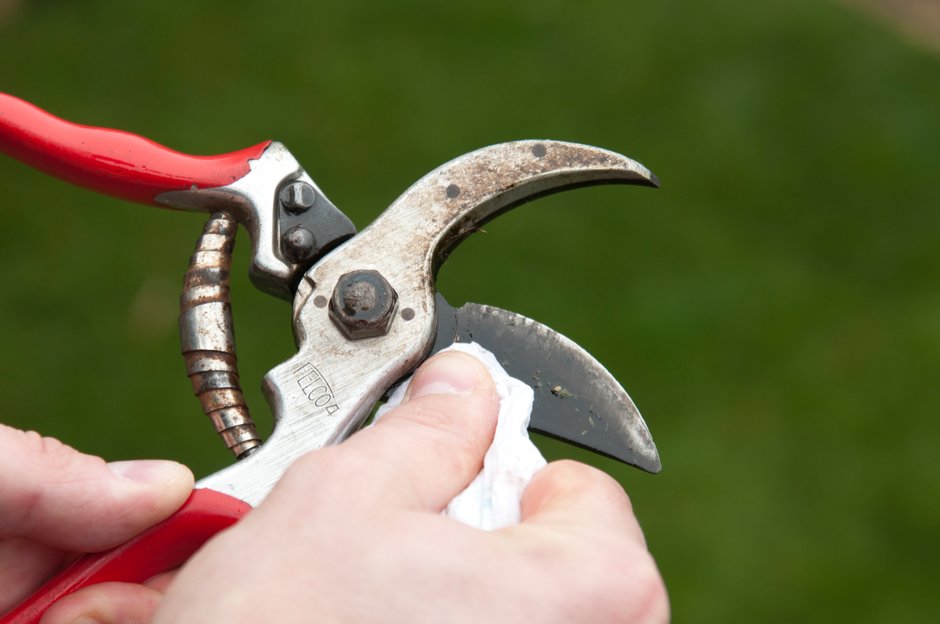
4. Use Protective Covers
If you store your tools in a big garden shed or storage area that is susceptible to moisture or dust, it is wise to invest in protective covers to safeguard your valuable tools. These covers or cases, specifically designed for various tools, serve the dual purpose of keeping them clean and shielding them from potential damage caused by environmental elements.
Moisture and dust can accumulate over time, leading to rust, corrosion, or the degradation of tool components. By utilizing appropriate protective covers, you create an additional barrier that shields your tools from these detrimental factors. Consider covers made from durable and water-resistant materials, such as heavy-duty nylon or vinyl, as they offer reliable protection against moisture and prevent dust particles from settling on the tool surfaces.
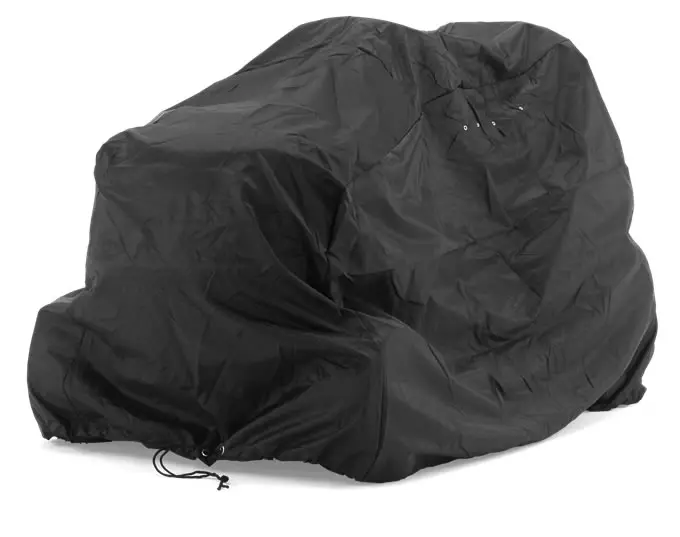
5. Consider Climate Control
It is crucial to safeguard certain tools, particularly those with wooden handles or metal components, from the detrimental effects of extreme temperature fluctuations or high humidity. These environmental factors can lead to warping, cracking, rusting, or corrosion, significantly compromising the functionality and lifespan of your tools. To mitigate such risks, prioritize storing your tools in a metal shed with climate control. Tools with wooden handles are particularly vulnerable to changes in temperature and humidity. Excessive moisture can cause the wood to swell and warp, while low humidity can result in dryness and cracking. Similarly, metal parts are prone to rust and corrosion when exposed to high levels of humidity or drastic temperature shifts.
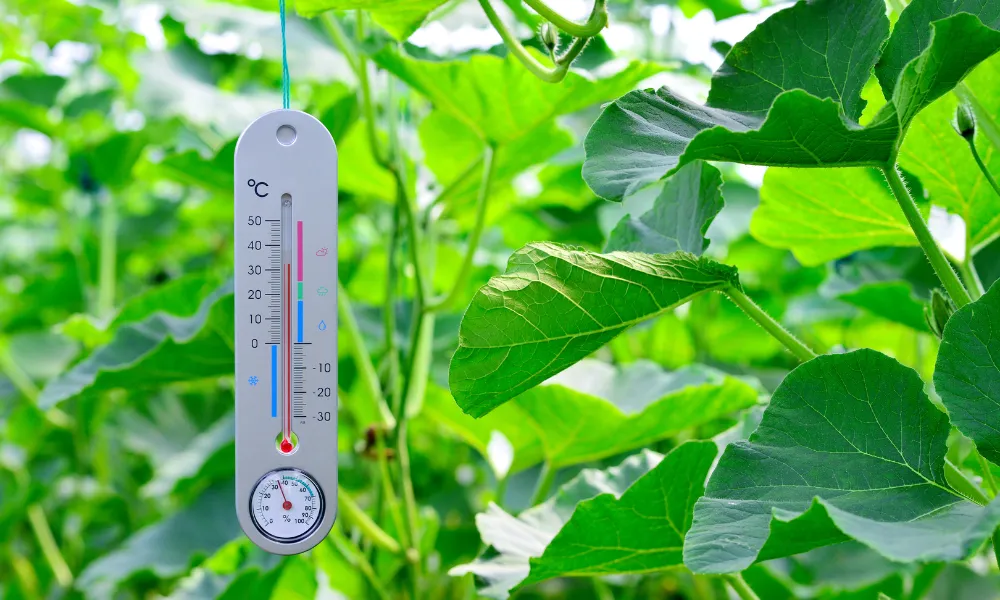

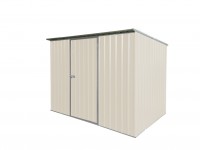

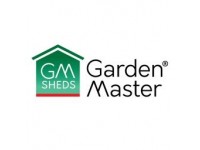

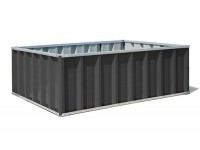
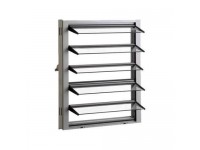
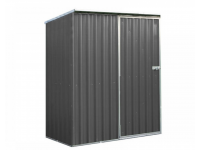
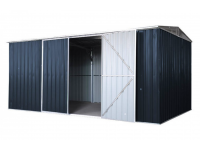
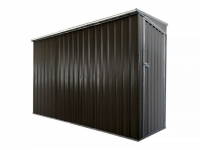
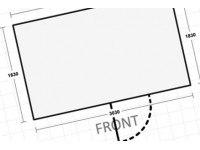
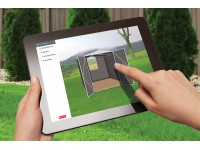

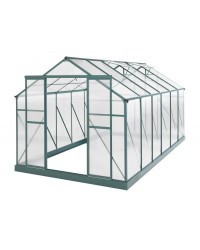
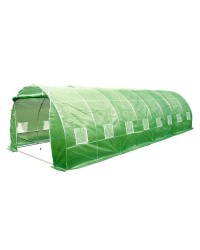
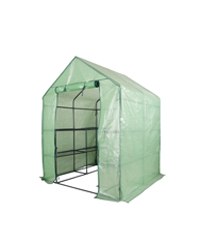
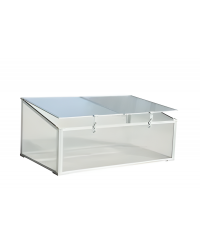
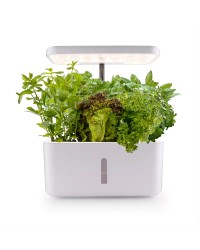
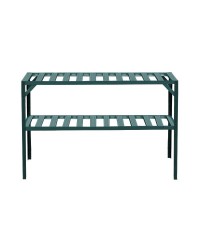
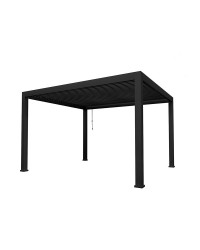
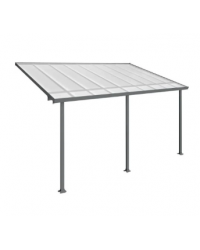
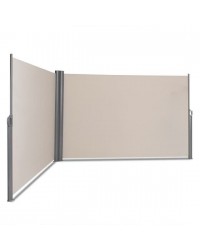
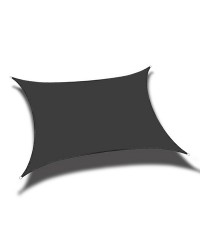
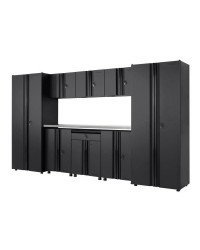
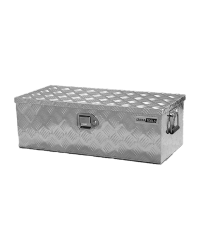
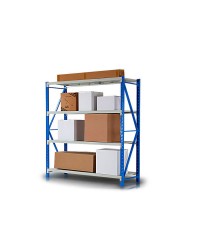
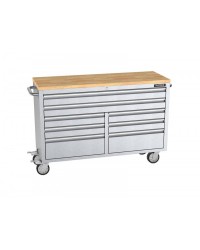
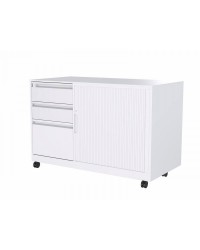
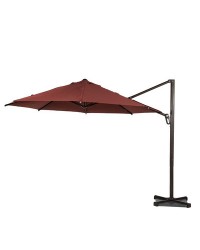
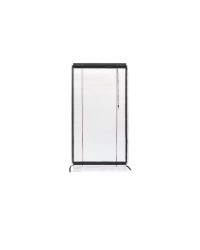
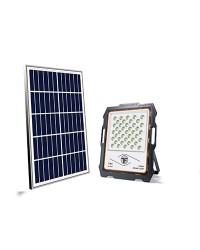
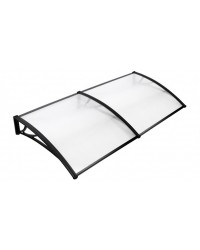
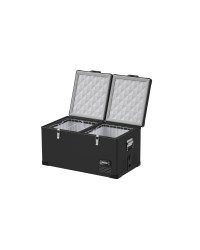
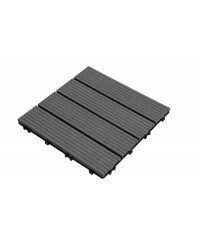
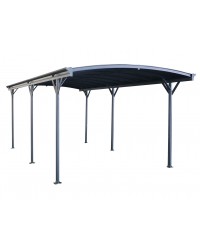
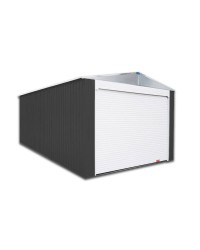





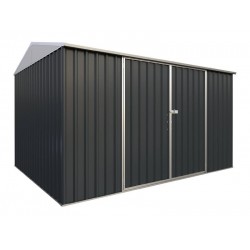
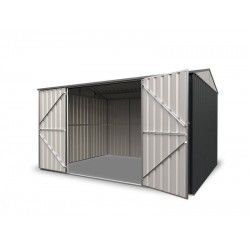
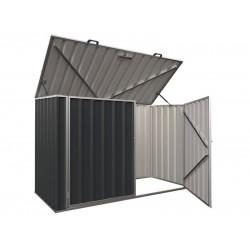
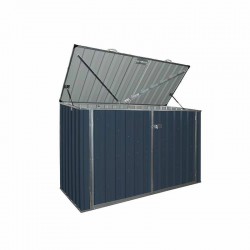
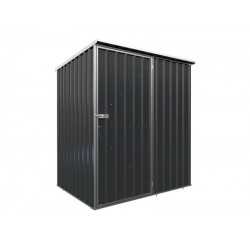
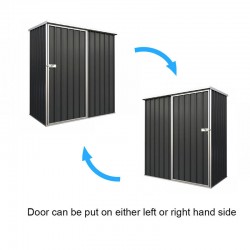
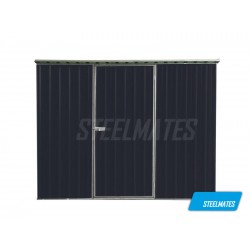
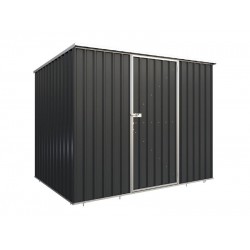
Leave a Comment